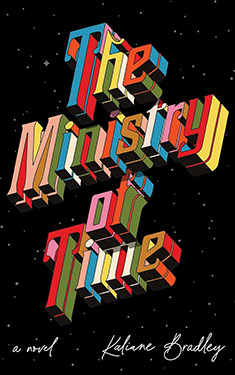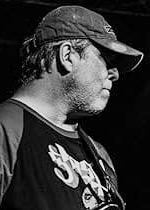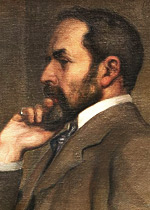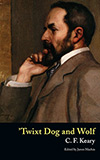C. F. Keary
| Full Name: | Charles Francis Keary |
| Born: | March 29, 1848 Stoke-on-Trent, England, UK |
| Died: | October 25, 1917 London, England, UK |
| Occupation: | Scholar, Historian, Writer |
| Nationality: | British |
| Links: |
|
Biography
Charles Francis Keary (1848-1917) was born in Stoke-on-Trent, England, and he became a scholar and historian. In his later work as a novelist he also influenced the modernist writer James Joyce.
Charles was born to a Galway Irish family which had settled in the industrial Midlands borough of Stoke-on-Trent. He was the son of William Keary, who in 1874 would become the first mayor of Stoke-on-Trent.
The young Charles was schooled at Marlborough College and then took his degree at Trinity College, Cambridge. He became fascinated by Scandinavian history and primitive mythology, then a promising new academic field, and wrote a number of scholarly books on such topics. His book The Vikings in Western Christendom (1890) stood as a standard work for many decades. He also became expert on Norway and the Norwegians, and knew many poets and writers there.
Keary worked from 1872 to 1887 at the Department of Coins at The British Museum in London, where he wrote and published A Catalogue Of English Coins In The British Museum: Anglo-Saxon Series (1887) with Herbert Appold Grueber, and contributed scholarly articles on coins to numismatic journals. Keary was awarded the Medal of the Royal Numismatic Society in 1894. During his time at the British Museum he was the best friend of Francis Ysidro Edgeworth, the Anglo-Irish philosopher.
Keary then turned from coins and history to writing ambitious literary novels, influenced by the Russian novelists of the time. These works were rather unusual, using a lack of conventional structure in an attempt to suggest the chaos of reality, allied to close observation and a dispassionate approach to character. His novel Herbert Vanlennart (1896) was based on his tour of India, which he had also written up in the short travel book India: Impressions (1903). His later novel Bloomsbury (1905) drew on his experience of moving amid the "curious neurotic intellectualism" (The Spectator review, 8 April 1905) of London literary circles in the Bloomsbury of the late 1880s and early 1890s. At that time, under the pseudonym H. Ogram Matuce, he had published a radically impressionistic prose work titled The Wanderer: From the papers of the late H. Ogram Matuce (1888). In a Spectator review (4 September 1909, of his later novel The Mount) the reviewer remembered that: "For some of us the publication of Mr. C. F. Keary's The Wanderer over twenty years ago was an event".
Keary tried the then-fashionable form of verse drama, with "The Brothers: a Fairy Masque" (1902) and "Rigel: a Mystery" (1904), and moved with more success into philosophy with his The Pursuit of Reason (Cambridge University Press, 1910). After his untimely death, from a heart attack, one further book appeared: The Posthumous Poems of C. F. Keary (1923). But the unfortunate timing of his death, coming amid the full clamour of World War One, hastened his rapid slide into almost total obscurity.
His book collection of short works in the weird macabre, Twixt Dog and Wolf (1901), is known to have influenced James Joyce's novel Dubliners (1905)--as evidenced in a letter from Joyce dated 24 September 1905 (Letters of James Joyce, Vol. 2, p. 111).
Works in the WWEnd Database
Non Series Works |
|||||||||||||||||||
|
|
|
|
|
|||||||||||||||



















 Full Details
Full Details







